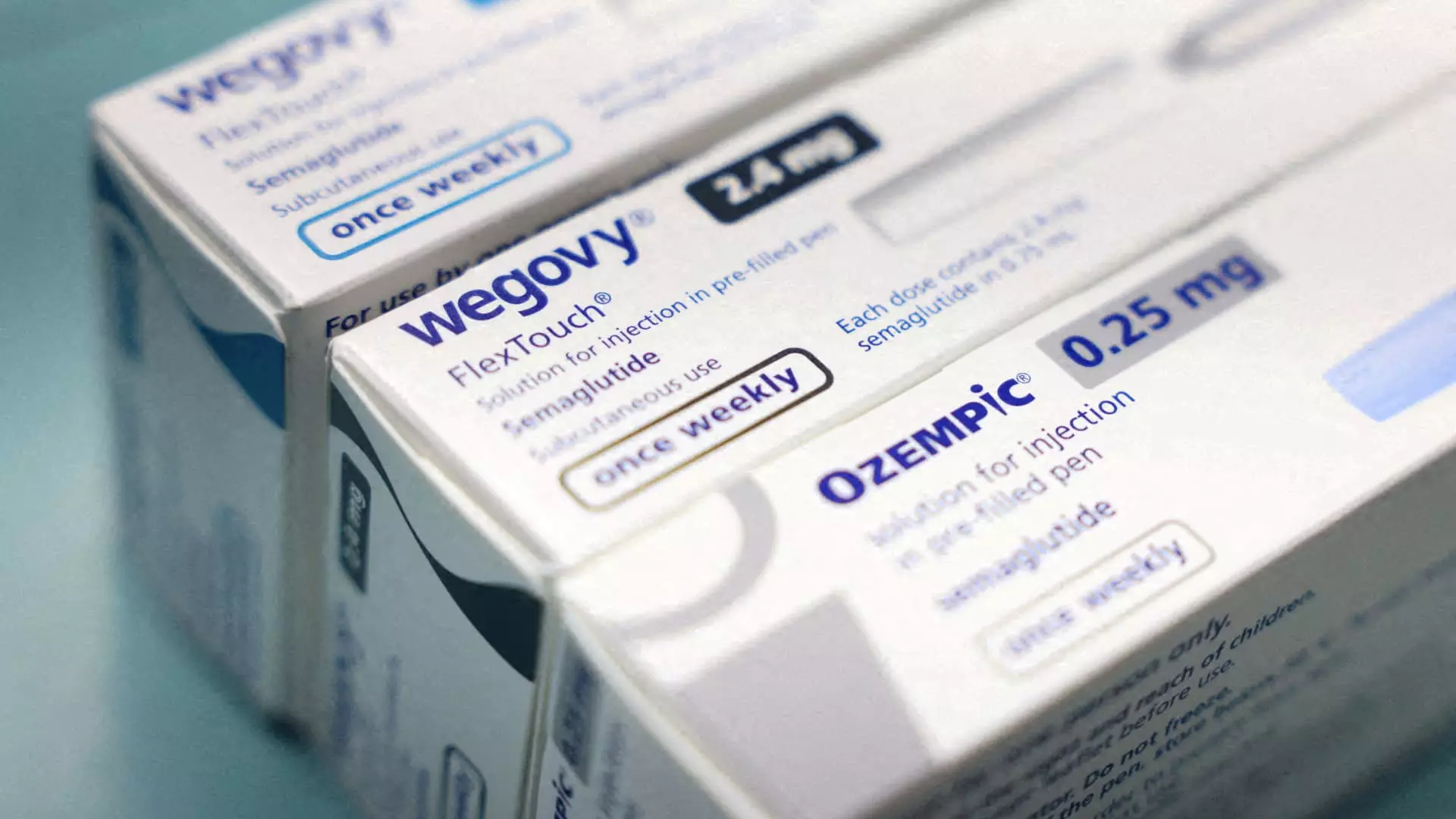The long-standing shortage of Novo Nordisk’s semaglutide, encapsulated in its widely recognized injectable medications, Wegovy and Ozempic, has finally come to a resolution. Announced by the U.S. Food and Drug Administration (FDA), this development not only addresses the pressing needs of patients grappling with weight loss and diabetes treatment but also significantly impacts the landscape for compound pharmacy practices. The FDA’s decision marks a new chapter where the availability of FDA-approved semaglutide products is restored to meet escalating demand, which surged over the past two years.
For many patients, the response to this shortage had come in the form of compounding pharmacies that produced unapproved versions of these medications. Such pharmacies typically fill the gaps created by shortages; however, this practice raises concerns about the efficacy and safety of these compounded drugs. The FDA’s ruling, while relieving for patients, now places a halt on these alternative treatments as compounding pharmacies will no longer be allowed to produce unapproved versions of semaglutide. This shift may cause anxiety among those who found temporary solutions in these compounded medications, especially if they felt that these alternatives provided them with an affordable means to manage their health.
Patients had been increasingly reliant on these versions due to the struggles faced in accessing the original medications. Consequently, the removal of compound alternatives might lead to accessibility issues for some patients, notably those who either lost access to the brand-name drugs before or who still struggle with health insurance coverage that inadequately includes weight loss treatments like Wegovy.
The FDA’s resolution has already influenced the financial markets significantly. Shares of Novo Nordisk increased by around 5%, reflecting investor confidence that the company can resume robust operations amidst a recovering market. Conversely, telehealth companies like Hims & Hers, which offered compounded versions of Wegovy and Ozempic, saw their stock plummet by over 25%. Such shifts highlight the immediate impact the FDA’s announcement has on stakeholder perceptions and market dynamics. Moving forward, Novo Nordisk’s strategic ability to compete with its main rival, Eli Lilly, in an increasingly lucrative market is likely to be influenced by how swiftly they can stabilize distribution processes and ensure adequate supply lines for these critical drugs.
As the market for weight loss and diabetes medications continues to expand, showing signs of potentially eclipsing $150 billion annually by 2030, manufacturers must ensure that they maintain a steady supply of their products. The FDA’s analysis indicates that Novo Nordisk has enhanced its production capabilities, which could position the company advantageously in this burgeoning sector. However, it cautions that patients may still encounter sporadic supply interruptions as logistics settle in.
The concern around misinformation related to the use of compounded medications crucially highlights the importance of FDA oversight. Companies like Novo Nordisk have emphasized the risks associated with “fake” drugs: those made without adequate safety checks. In the context of a recovering market, it becomes increasingly vital for consumers to rely on legitimate, FDA-approved medications to safeguard their health.
Even as availability improves, systemic issues still linger, particularly regarding insurance coverage. While Ozempic benefits from broader insurance acceptance, Wegovy remains scantily covered by plans like Medicare. This discrepancy highlights the underlying challenges faced by patients seeking effective, affordable treatment options for weight management. It calls for heightened advocacy efforts from healthcare professionals and patient organizations to ensure these vital drugs are accessible to those who most need them.
With the end of the semaglutide shortage, a significant hurdle has been crossed in the realm of weight loss and diabetes management. Nevertheless, the implications of the FDA’s decision extend beyond mere availability; they touch upon the interconnectedness of market dynamics, patient health, and insurance frameworks. As the industry adjusts to this newfound stability, both patients and healthcare professionals must remain vigilant and informed to navigate the evolving landscape of pharmacological treatment options.

